Remember the time when smartphones had 5-inch screens and we would go “That’s so much screen! Perfect for watching a movie on the bus!” Yeah, that time is long gone, and the average screen size for any smartphone is 6.4 inches, which is quite large.
Apple killed off the ‘mini’ lineup with the iPhone 13 Mini and the last sub-6-inch phone we saw was the Asus Zenfone 10 (not available in India). Some other “lesser known” brands make small, compact phones but discounting those, there aren’t compact phones from mainstream brands.
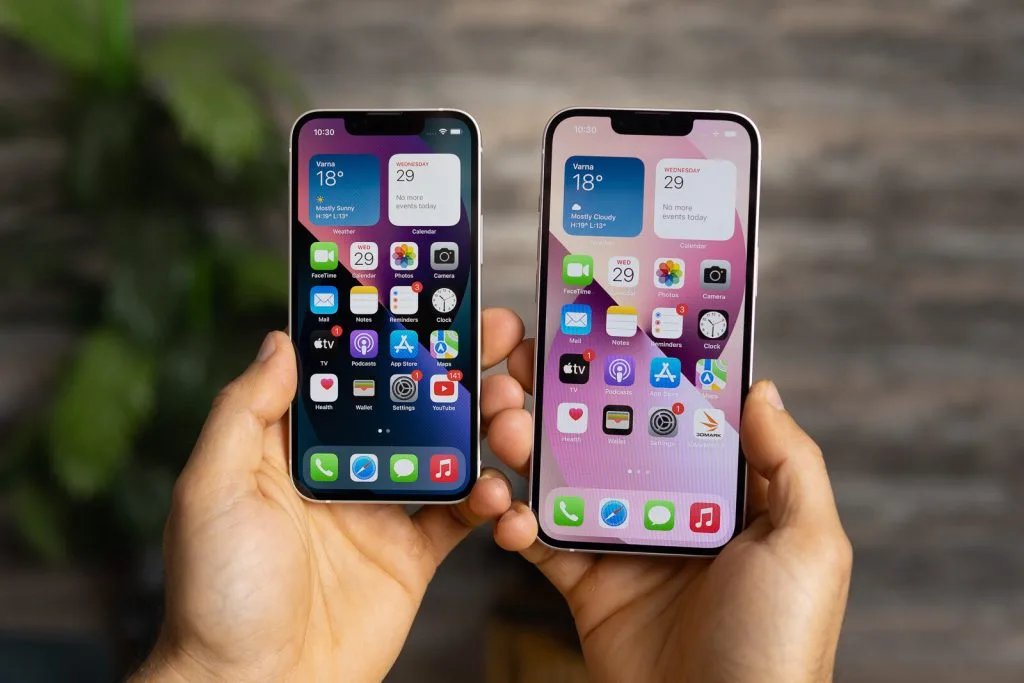
Image Source: Fixcare
The demise of smaller screens
Over the years, the screen size has just gotten bigger and bigger and we are at a point where we can carry tablets in our pockets, thanks to foldable phones. The majority of consumers want bigger screens for media consumption and gaming, especially in markets like India where smartphones are majorly used for entertainment.
Also, the need to fit bigger batteries, multiple camera lenses, and need for better cooling made the flagship phones bigger. Since, the majority of consumers wanted larger screens, and it became difficult to fit powerful hardware into a small form factor, we had to say goodbye to small-screen smartphones.
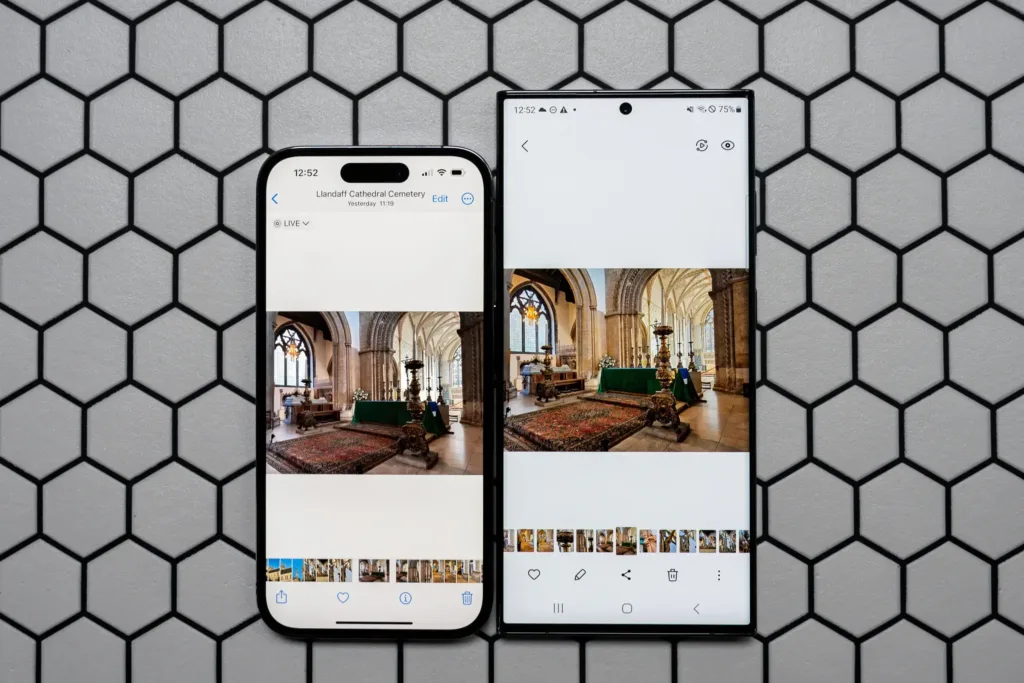
Image Source: Amateur Photography
To give you a perspective, the majority of phones in the current market sport a display of more than 6.4 inches. 6.4-inch screen size is the standard in any smartphone, whether it is flagship, mid-range, or budget.
Phone makers like Motorola, Redmi, Oppo, and a host of other Chinese brands often focus on bigger screen sizes in their marketing. Samsung, Asus, and Apple are the only brands in the market that make somewhat smaller phones (that too, one or two phones in each generation).
There was a time when Lenovo made Phablets popular in the market. Phablets = Phone+Tablet, and these were marketed as huge phones ideal for media consumption. Guess the size of Phab 2. It was 6.4-inch.
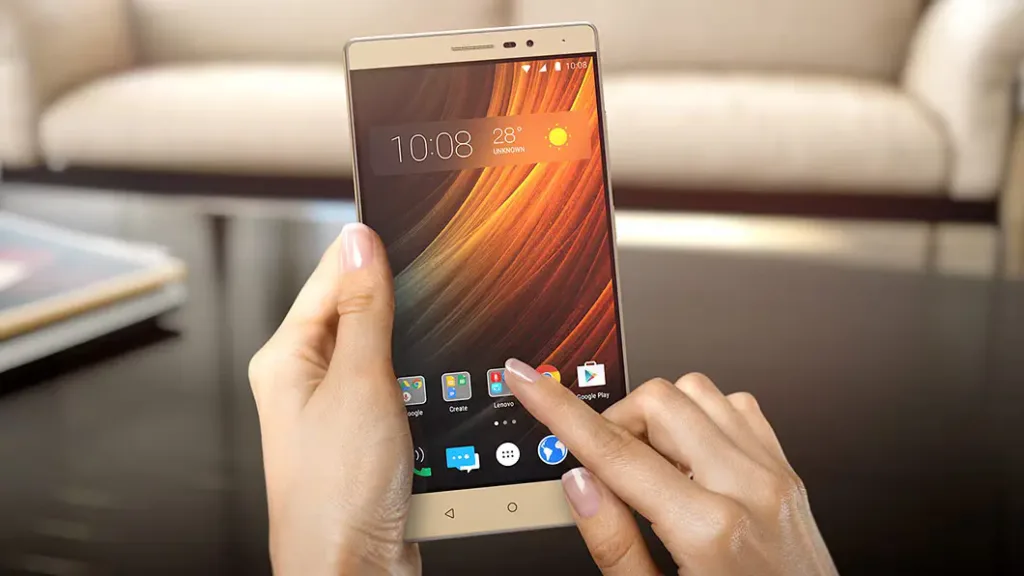
Image Source: Lenovo
Imagine, 6.4-inch pushed into the territory of being a “tablet”, and now 6.4-inch is the standard!
There is still hope…
Apple is bringing back the iPhone SE series with the iPhone SE 4. The previous iPhone SE 3 sported a 4.7-inch display. Does that mean, we will see a phone with less than a 5-inch display?
No! 4.7 inches is too small.
iPhone SE 4 will sport a 6.1-inch which is still much larger than the iPhone SE 3. And that’s not it! According to the latest reports, Google is also introducing the Pixel 9 Pro which will sport a smaller display of 6.1-inch and the Pixel 9 will also sport a smaller 6.04-inch display.
What’s the ideal size in 2024?
Let’s face it, a phone with even a 5.5-inch display would be too small for a practical powerful smartphone, and anything more than 6.1 or 6.2-inch would feel big and normal.
So, what’s the ideal size for a “small phone” in 2024? With meticulous, scientific research, surveys (with 3 of my friends), and my feelings, I have come up with the answer! It’s 6-inch!
A phone like Samsung Galaxy S23 which has a 6.1-inch display fits perfectly in my hand, is lightweight and the whole phone is compact. But, even finding a phone with a 6.1-inch is difficult.
Will we see a reverse trend?
Most probably no. As long as the majority of users pine for bigger screens, a small market wouldn’t sway the manufacturers in any significant way to make smaller phones. This is the reason why we should appreciate Asus’ effort in keeping the Zenfone 10 ‘smol’.
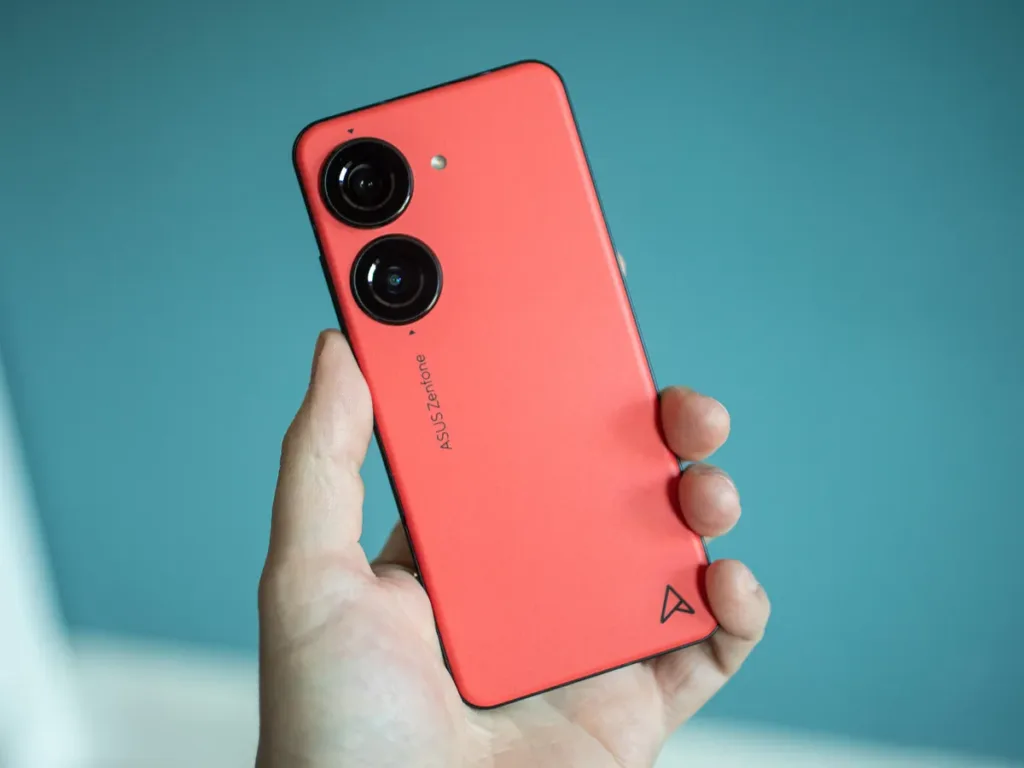
Image Source: CNET
If the Google Pixel 9 really ends up sporting a 6.04-inch display, and if it sells well, we might start seeing more and more companies release a smaller variant of their phone. Not every phone needs to be small, we just need enough options in the market for the users who prefer using their phone with one hand.
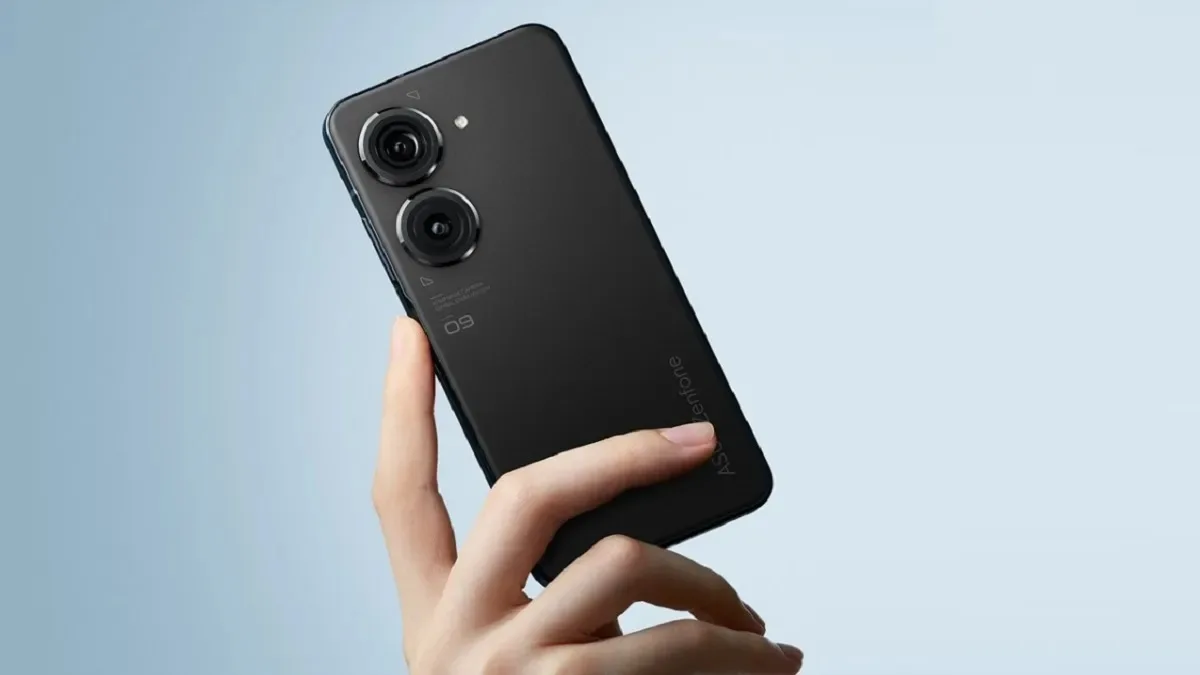
Leave a Reply
You must be logged in to post a comment.